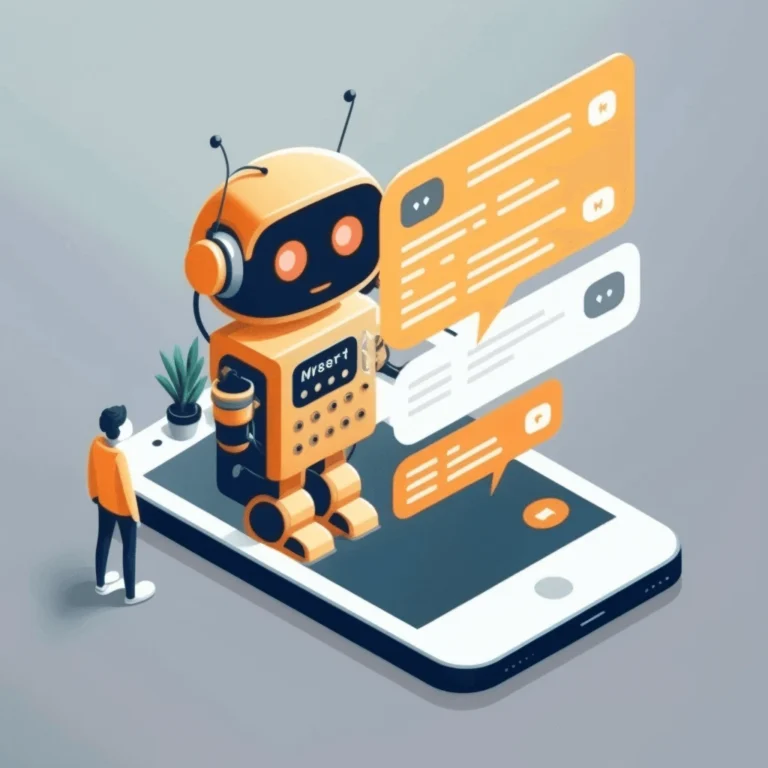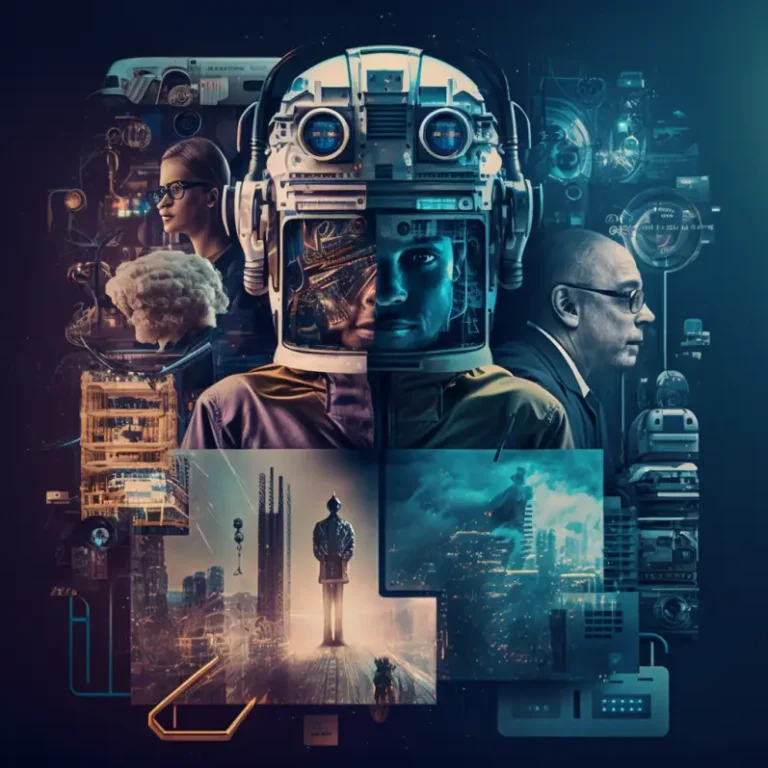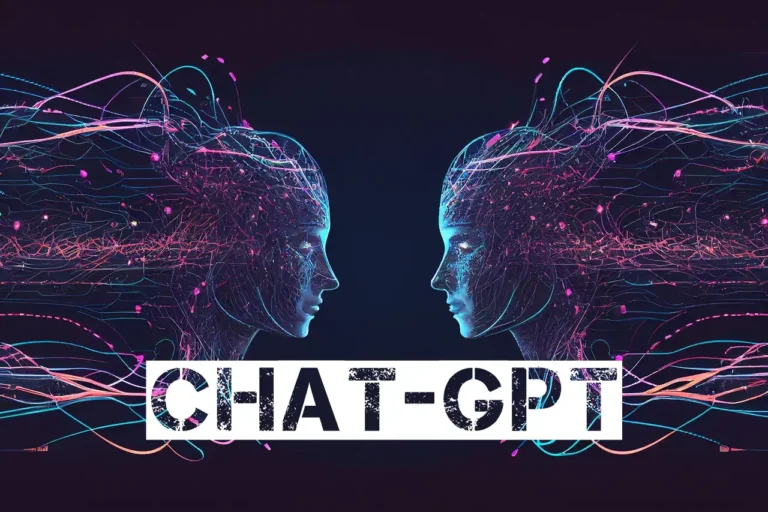ChatGPT is a cutting-edge language model developed by OpenAI, and it has evolved significantly over the years with multiple versions released to date. Each version of ChatGPT offers its own set of unique features and capabilities, and understanding the differences between these versions can help organizations choose the right tool for their specific needs and applications.
ChatGPT-1, the original version of the technology, was released in 2018 and was the first transformer-based language model. This version was highly innovative for its time, offering the ability to generate human-like text in response to a wide range of questions and prompts.
ChatGPT-2, released in 2019, built upon the success of the original version and added several key improvements. This version introduced a larger model size, allowing it to generate more accurate and diverse responses. Additionally, ChatGPT-2 introduced the ability to generate multi-sentence responses and continue a conversation over multiple turns.
ChatGPT-3, released in 2020, represents the next major step in the evolution of the technology. This version features a massive increase in model size and computational power, allowing it to generate highly sophisticated and nuanced text. ChatGPT-3 also introduces the ability to generate text in multiple languages, making it a valuable tool for organizations with a global reach.
Each version of ChatGPT offers its own set of benefits, and the choice of which version to use will depend on the specific needs and requirements of the organization. For example, businesses looking for a powerful customer service tool may prefer ChatGPT-2 for its ability to generate multi-sentence responses, while organizations looking for a tool for creative writing may prefer ChatGPT-3 for its increased sophistication and nuance.
In conclusion, ChatGPT is an ever-evolving technology, with each new version offering its own set of unique features and capabilities. Understanding the differences between these versions can help organizations make informed decisions and choose the right tool for their specific needs.



